Behind the Lens – Matt Holland
by Alex W.
Behind the Lens is an ongoing series of articles and interviews exploring the thought process behind successful and excellent photographers. It brings you behind the lens of a particularly excellent image and explains the technical and creative elements that went into creating the photograph.
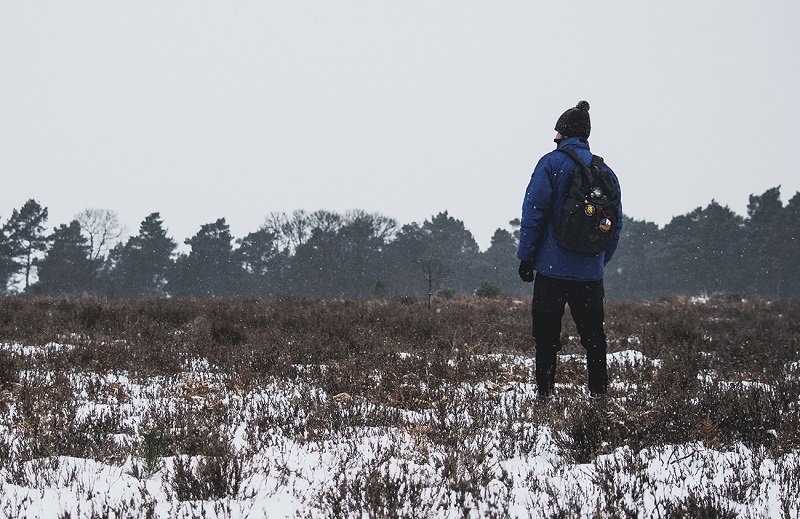
This week on Behind the Lens we meet Matt Holland, a full time creative and avid outdoor photographer based in Berkshire, United Kingdom. Matt’s work has appeared in a number of respected publications and he has worked with international brands including Amstel and HTC. This week we look into the gorgeous woodland shot shown below and discuss his love of the outdoors.
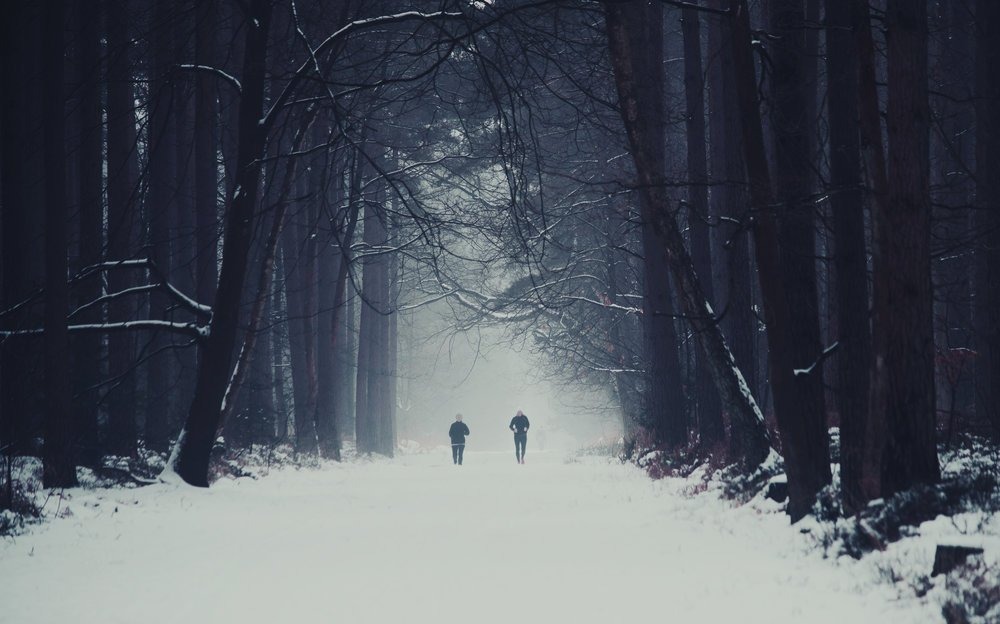
Click and Learn Photography: Hi Matt, tell us a bit about yourself. How long have you been interested in photography and what drove you to pick up the camera?
Matt: Hello, I’m Matt. I’m a full-time creative, whether it is graphic design, photography, video or writing. You name it, I do it.
I’ve been interested in photography pretty much my whole life and got into photography thanks to my dad, who lent me his Olympus OM2 when I was little and we would go to airshows, wildlife displays and of course taking photos whilst on holiday so a lot of what I learned and my style of shooting comes from what I was taught early on with film and darkrooms.
Ever since I just haven’t stopped. Whether it’s with a mobile phone, those Olympus OM’s still, medium format or the usual digital with DSLRs.
Click and Learn Photography: That’s a pretty creative lifestyle, I imagine having that amount of different creative pursuits results in all the different mediums complementing the others? That would go some way to explaining your rather unique style of photography.
For example, this particular shot has quite a graphic composition and a distinct style of post-processing. Do you think this stems from techniques and ideas picked up in your other work?
Matt: Very much so, it can be a little overwhelming at times when you are permanently plugged in and being creative so sometimes my personal photos suffer as I’m just to tired to go out but I wouldn’t change it however. I love what I do and I feel I am incredibly lucky at times to have a job and hobby I enjoy doing 24/7.
In terms of complementing the others – less so believe it or not. A lot of what I produce for my design and day job is heavily influenced by marketing and products so the typical product photography, portraits, interviews, candids, events and so on.
More of my personal work is a stark contrast being the outdoors, expeditions and landscapes. I just find this is much more refreshing and going from an environment I have every control over to no control is a great way to switch off between the two worlds.
Both areas of work have stark differences in post production and general way of editing. Most of the work I produce during the day ends up online – Websites, social media and promotional content so I shoot slightly wider to accommodate these awkward sizes we have in social, for example the letter box sizing also the edits remain pretty much the same as they are shot as with product photography you spend so long making the scene, little time is needed in post as you’ve nailed it already.
My outdoor photography is a lot tighter and rather than using wide angles and fast primes I use telephoto lens to capture more of the intimate detail, as you see from this photo which is from the recent Storm Emma in the UK. It’s shot in one of my local forests and shooting with a wide angle wouldn’t had picked up the difficulty of the runners in the snow but also how deep the forest is as a whole and the contrasts between the snow and wood above.
I love shooting in these extreme conditions with snow and rain, it gives you an atmosphere you just can’t replicate in post production, you can only really achieve this result by actually going out and this is probably more so why I love going camping and spending time on expeditions.
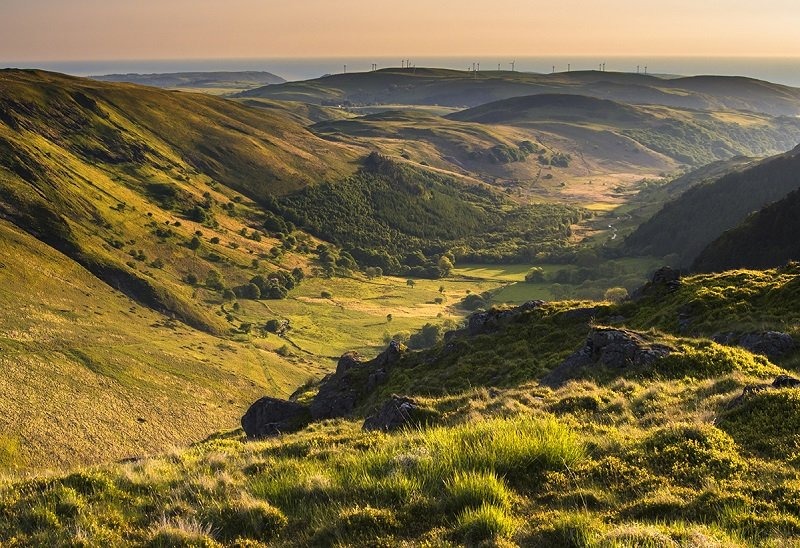
Click and Learn Photography: That makes sense. Like for myself and many others, outdoor photography is your release and a way to completely switch off from the digital world.
The atmosphere created by using longer focal lengths and taking advantage of the harsher side of nature is something I definitely agree with and advocate. It’s worked wonders with this image – I love that the colours are so muted as to be almost monochromatic, with just a hint of those dark browns in the woods. It gives it an eerie, foreboding, but also beautiful feel to the image.
These aspects of your photography do go against the grain of what most landscape photographers are taught early on though, and is a theme present throughout your portfolio. Did you develop into this style from the more widespread style of wide-angle, golden hour landscapes or have you always been more interested in the intimate detail in nature?
Matt More so now a days, people are looking for different experiences from the norm and what they do during the day which personally I find really refreshing, especially the whole switching off from social media and the digital world. A digital detox is always a must for me when I get away.
Thank you. This image really lends itself to being very muted and when I was framing the shot as I do with a lot of my images I have a real style and look I wish to achieve after. Snow in general just lends itself to muted and monochrome.
In particular this image shows my new style of editing which is very dark – increased blacks, contrast and playing with the HSL sliders and taking control of individual colours. It can really take the image to the next level and as a whole this new style has had far more interest and engagement.
Everyone is really taught golden hour is the best time to go out, it’s the best light but let’s be honest it’s a real pain to get up and go shoot at these times, and unless the subject is really good it’s just another sunrise or sunset. This is what I love about photography and just being creative as a whole, there is no real right or wrong way to do anything. We are told these rules but you soon break them and find your own style. It’s not uncommon for landscape photographers to have this mix within portfolios now, many great photographers have amazing little side projects focusing on these smaller details of the landscape. Sam Gregory, Steve Palmer, Tom Lowe to just to name a few are all producing great projects to watch.
Finding these closer, smaller pieces within the landscape are in my opinion just that little bit more special and tell more of a story and mixed with the wider landscapes shows a journey of the trip.
Don’t get me wrong I love to shoot a good vista and sunrise/set when I get the chance. It’s also knowing what framing will work best of course. Such as my recent trip to Durdledoor – Man o’ War worked best on a wide angle, whereas this little tree in Dinorwic Quarry doesn’t work on a wider angle and going close up is key.
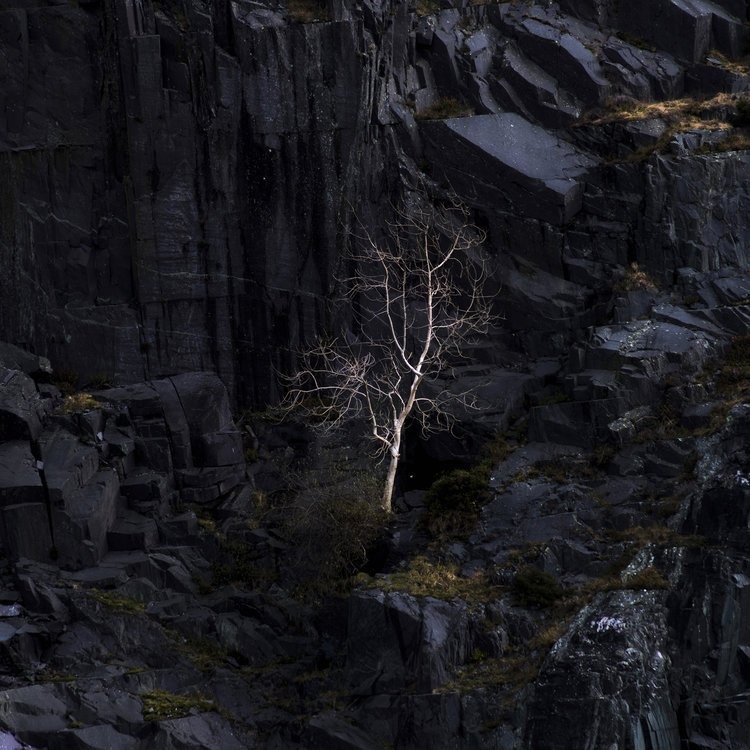
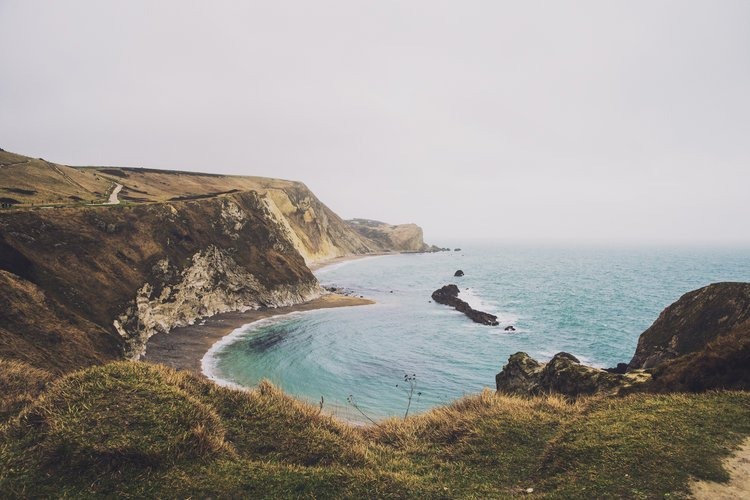
Click and Learn Photography: The digital detox is a really interesting movement, and one that you’ve talked about at length in your blog. Obviously it’s a great way to free yourself from the constant pressures of the online world but do you also find it has the effect of enhancing your creativity and allowing you to connect more with your surroundings?
You touched a little bit on your processing there as well – Is all your processing done in Lightroom or do you take your images over into Photoshop for more advanced editing techniques?
I can see how this approach would really open up your photography and allow you to capture images in areas and conditions that others may overlook. Although as you say, it’s always nice to get a good vista at sunrise when the opportunity arises! It can also be a great way to start one of those side projects you mentioned, with Sam Gregory’s ‘Dolomiti’ series being a particular favourite of mine. Are there any side projects that you’re working on at the moment that we should watch out for, or is it simply a case of shooting what you feel drawn to on any given day?
Matt: It certainly is and something that is continuing to grow as people become fed up with social and losing out. The premise has definitely shifted to life experiences and getting healthier.
Couldn’t agree more, disconnecting from the pressures of constantly sharing and always being connected really frees up your mind. I love it and always trying to find my next fix as such to disconnect and get out more.
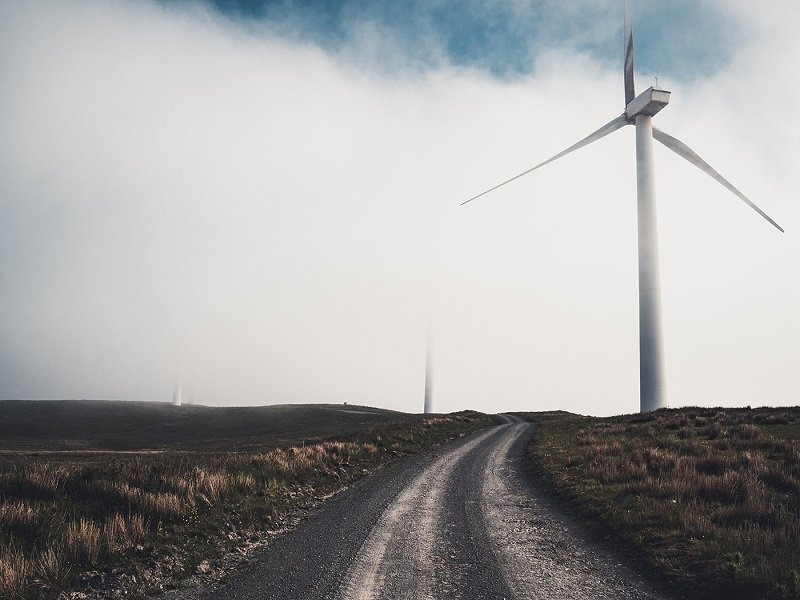
A particular favourite location I keep returning back to is Elan Valley and the Cambrian Mountains, I couldn’t recommend a better location to visit if you enjoy camping, hiking and the outdoors. Not to mention some of the stunning views to be had. There is little in the way of much around the Cambrian Mountains, it’s very remote in areas, there is no internet, no phone network and in fact no people! So much so, some of the farmers around the area aren’t connected to mains power or water.
I confess I’ve only used Lightroom once and this was years ago when it first launched. I really didn’t like it so quickly returned to the comfort of Photoshop and I haven’t changed since. I much prefer Photoshop and ACR, I find it less restrictive and I have a lot more options to play with but I am speaking from a perspective of a graphic designer as well. Much of the processing is completed within Camera Raw but for the odd few I pull them into Photoshop and use Nik Collection for black and white or giving my ICM imagery an extra push, it’s a lot more fun but you can easily get side tracked with the options within Nik Collection.
It makes for a nice mixture within a portfolio I feel. A lot of the time these more intimate photos are very restricted when you can capture them, for example when fog roles in and creates trees to sit alone or snow can create whole different scenes that are unique. However the same applies to these wider views too, especially in conditions like snow and fog.

Side projects are always a must for me, I find I get bored midway through a long term project, again this is likely down to the fast paced environment I work within, with new projects in every hour. As a whole however, I don’t create a project until after several expeditions or trips away and these as a collective then become the project and these trips can be arranged or just completely spontaneous. The spontaneous ones especially are very fun, just pick a location and go. This was how Durdle Door happened earlier in the year.
I have a few projects in the bag I am current working on, one of which is rolling out now which is around the digital detox premise and I will be doing more on locations and getting outdoors.
Several other projects are in progress too but I am not ready to share any details on these yet as it will spoil the surprise at the end. A tease I know but it makes it more worthwhile and rewarding for everyone that way.
Click and Learn Photography: The Cambrian mountains definitely sound like a dream for those wanting to get away from it all, and is a lot more accessible to those of you in the south of the UK than, for example, the Scottish Highlands. I’m not surprised you find yourself revisiting the area!
Do you have any criteria for starting a project, or is it just a case of being aware about what you’re drawn to within nature and building on that? Many photographers have difficulty coming up with a cohesive project (whether it be long or short term) and as such end up with rather muddled portfolios. What advice could you offer for somebody struggling to formulate an idea for a photographic project?
Matt: It really is and highly recommend anyone who hasn’t gone to go check it out, it’s the perfect place to go try astrophotography, being one of the darkest skies outside of Scotland. In general I find myself visiting Wales a lot more, there is so much to do here.
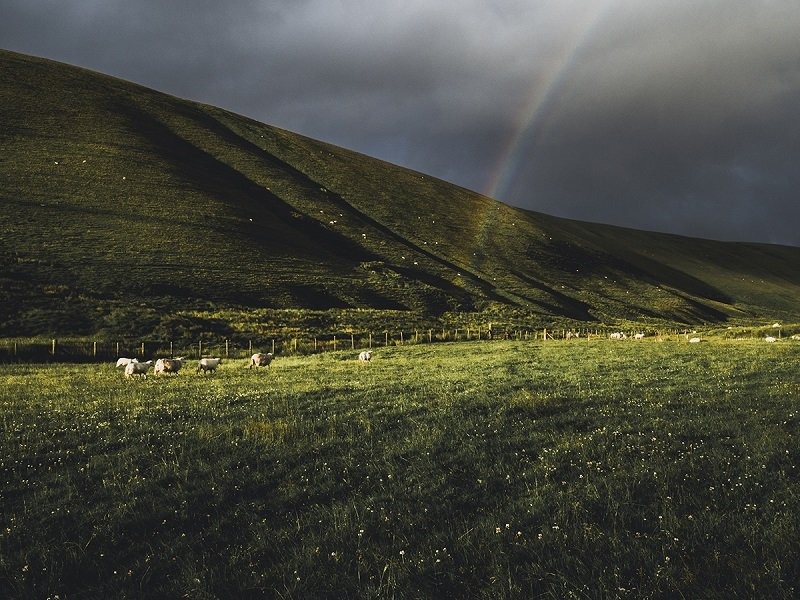
My projects really come together after a few trips and I find common themes within the photos taken or an overall theme and condition to use when creating a project.
My recent large project I’ve pulled together is about the Cambrian Mountains and combines three expeditions, wild camping and witnessing the environment and how quickly it changes in the weather conditions, the underlying theme is despite the poor weather it remains a beautiful landscape whatever the weather.
My advice for others looking to produce cohesive projects would be to start small and build up from here. During A levels and university we were always taught start with 3, 4 or even 5 elements/photos/sketches etc, pause and start on the next project. Pause and reflect on the previous two and build up a journey between them.
I myself still stick to this. Start with a micro projects and build up over a period of time. My Cambrian Detox project I’ve pulled together, I never imagined would accommodate three expeditions and still be growing now. It started off as a handful of photos I took during my expedition to capture the conditions during the DofE (Duke of Edinburgh) Gold exped.
Other micro projects I have which won’t go any further right now are “Slate“, “Little Kew” or “Beast from the East” and these are literally 3-6 photos from days out.
In time “Slate” will expand and I’ll add sand formations for example or “Beast from the East” will combine with other snow imagery from the area so each micro project will interlink in same way but could be over the course of a year or even two years.
Just be sure not to set yourself unreasonable time frames but set however big a project you wish but if it takes you 2 days or 2 years to complete, the process you’ll go through will still result in a project you’re proud off and ultimately you had fun doing it.

Click and Learn Photography: Hopefully we’ll see this featured image in a project in the future then! That’s a good way of getting projects off the ground. Rather than consciously trying to think up an idea for a project you can actually compile the start of one from your existing images and build an idea around them to work on. Thinking back, I actually did a similar thing with a “Riverscapes” project that’s in the works.
Obviously you’ve got a lot of cogs already in motion photographically speaking, but is there anything in particular you’re working towards in the near future? What, if any, are your photographic goals for the year ahead?
Matt: I would hope so, thinking off the top of my head I have a number of extreme weather conditions around my home town so it might work within this but for now I am not thinking to much about it.
I find once you try to force something it’s clearly not going to work, just let it be and give it time. Even if it doesn’t work as a wider project and remains as a micro project it was still a fun days shoot with some great photos out of it.
I personally think it is and something I would recommend to others if they are struggling to start projects.
If you think back to how many individual photos you really liked or areas and conditions you’ve witnessed it’s surprising how many you actually have. The problem then is you have to much content and trying to whittle it down. You should certainly pick back up your “Riverscapes” project, I would be interested to see where you develop it. I love seeing others thinking and perspectives on the environment.
There is a couple of bits in the pipeline which will be become clearer in the next coming month or so but again I don’t want to ruin the surprises of it all so it’s just something you will all have to stay tuned to find out more in the future but they’re all exciting, that I can promise!
Photographic goals for the future and year ahead. Ha! This is a tough one, it’s forever changing.
The beginning of the year I was going to be travelling more and visiting more locations which is still happening but other elements have come in too so it is forever chop and changing. The big goal is to build up a platform to start teaching, running workshops and continue teaching, working with more brands and covering equipment with my reviews and writing.”
Click and Learn Photography: Thanks for speaking to us Matt, the coming months sound very exciting indeed and we look forward to seeing more of your work!
Matt Holland is a full time creative with a passion for outdoor adventure, expeditions, and photography. His work has been published in well renowned publications across the UK and he was a finalist in the International Garden Photographer of the Year 2017 competition. Click below to see more of his work.
Read More…
Ultimate Guide to Landscape Photography
Behind the Lens with Alex Pflaum
Use Leading Lines to Improve Your Composition
Ultimate Guide to Spring Photography
 |
 |
 |
 |

About Alex W.
Alex is the owner and lead writer for Click and Learn Photography. An avid landscape, equine, and pet photographer living and working in the beautiful Lake District, UK, Alex has had his work featured in a number of high profile publications, including the Take a View Landscape Photographer of the Year, Outdoor Photographer of the Year, and Amateur Photographer Magazine.
Thoughts on "Behind the Lens – Matt Holland"
 |
 |
 |
 |
You can Get FREE Gifts. Furthermore, Free Items here. Disable Ad Blocker to receive them all.
Once done, hit anything below
 |
 |
 |
 |